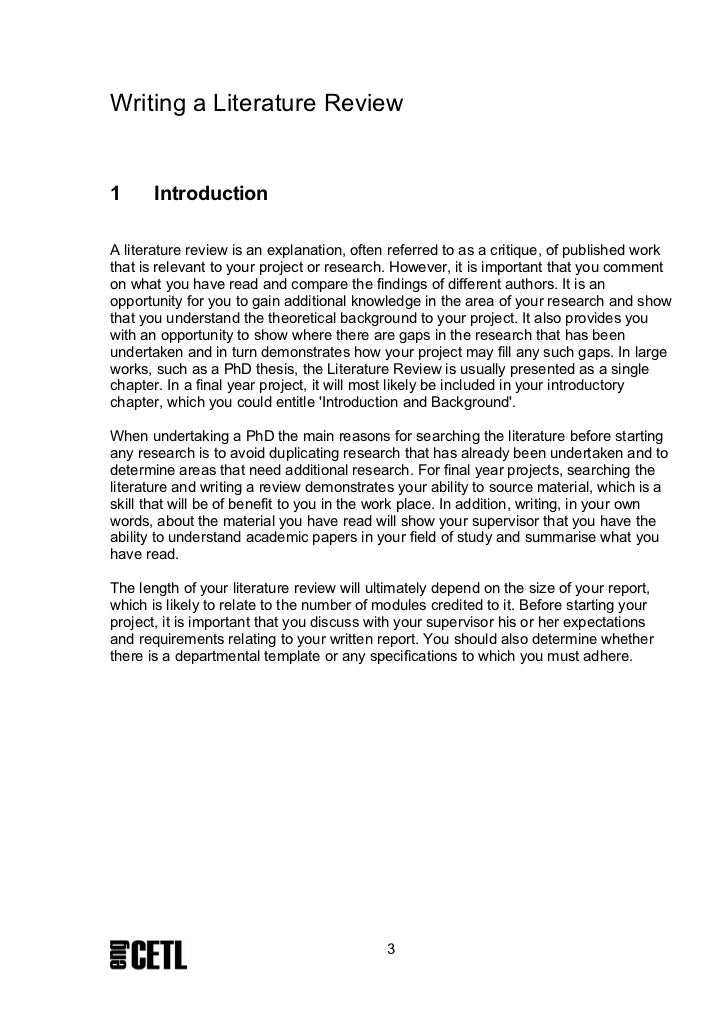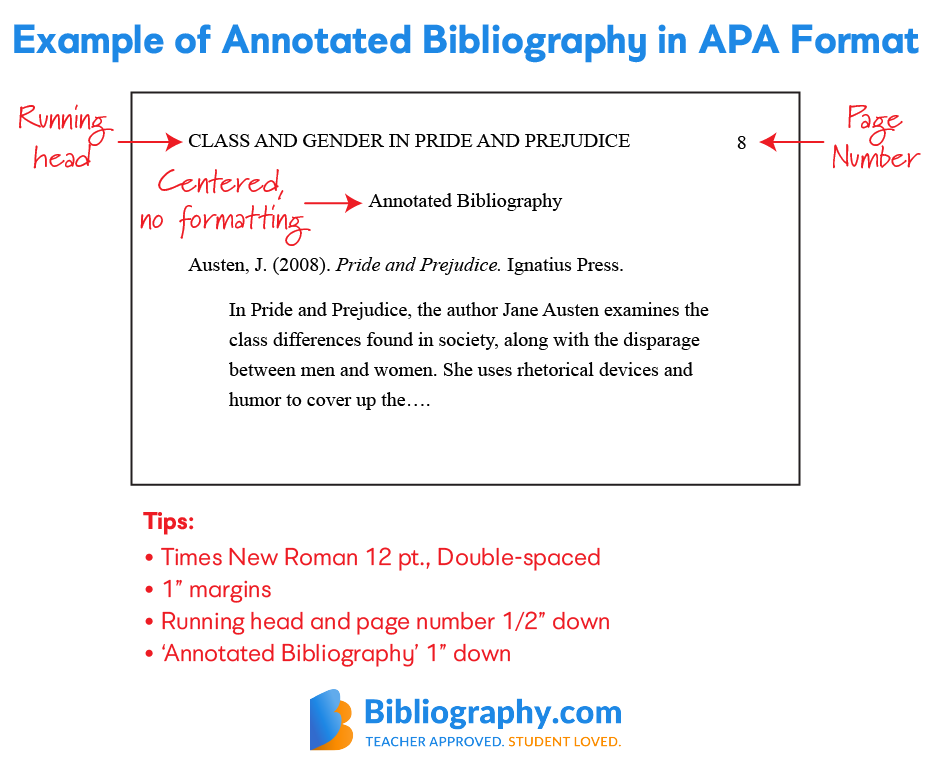
· Choose keywords carefully, choose a good database such as Web of Science, choose the time-frame that your review will cover, and read everything that Choose the topic and outline the organization of the review Once you start reading, there will be a temptation to include every piece of information that was ever published. Obviously this isn’t possible. So, define your scope from the onset · Choose a topic that is not too broad and not too narrow for the type of review you would like to write. If you want to write a shorter review, pick a narrower topic. But if you are going to be writing a longer review or you'd like to explore a more general area of interest, choose a topic that is wide enough so that you will be able to find enough articles to discuss. Pick something you're interested in and that
Getting Started - Publishing in the Sciences - Research Guides at University of Michigan Library
Writing a review article is a wonderful way to develop and exercise your scientist skill set. I wrote a review article on histone modifers in B and T cells with my adviser when I was a graduate how to write a review paper science. So, here, I will share my process with you.
But before I do that, let me say that I was by no means an expert on this topic when I set out to write the review. Once you start reading, there will be a temptation to include every piece of information that was ever published. So, define your scope from the onset. Perhaps you, a colleague, or your adviser was invited to write on a particular topic. Once you pick a topic, try to be specific about exactly what aspect of the field you plan to review.
Whether submitting a review by invitation or by your own accord, once you have these rules word limit, formatting guidelines, etc. you have how to write a review paper science criteria to shape the document. I cite as I write, meaning I use the software to add the citations in real time as I write. I also recommend using the citation style of Last name, Year in the document while writing, because it helps you later on to remember where you read particular studies or experiments.
Later, you can easily convert the citation style to whatever the journal requires. Using the Last name, Year format also has the benefit of exposing you to relevant researchers in the field. I read these articles to get a sense of the themes in the field and to learn what people cared about. I also used reviews to get a list of research papers that I needed to read.
I made sure to find information from genome-wide studies, as well as results from smaller and more specific studies. I also did not limit myself to the well-cited or popular papers, but looked for papers from a wide range of authors.
When I first started I thought I would read a bunch of papers and then feel ready to write. Instead of reading a paper and getting my bearings, I would read a paper, panic, and then download a bunch of other papers. In mathematics, I think this is represented by factorials. In environmental science and ecology, how to write a review paper science, this can be represented by the tip of the iceberg. At the beginning I felt like this was cheating.
I also learned to appreciate the discussion sections of the primary literature as a resource that both summarized results and contextualized them.
Just get as many words down on the page as possible. This could be in the form of lists, streams of consciousness, or anything else. This quickly became a problem when I realized how elusive a free two hour block of time was.
Eventually, I learned that I was most productive in short bursts even twenty minutes was enough to make some progress. I ended up citing both because I used both. Typically lists and pictures are the most useful parts of reviews. For example, we summarized how frequently each member of a class of proteins was mutated, as reported in various studies. We made a table that listed each protein in the class, then for each protein we listed all the studies that reported mutations in that protein including how frequently a mutation was found and the size of the study.
This was useful because you could easily see how frequently each protein was mutated, you could see how big the studies were, and you could find the original paper if you wanted to learn more. Another example: we made a schematic of all the proteins in the class that showed the relative sizes and the conserved domains.
This information was available in GenBank, but it was useful to present it all in one place to get a sense of the similarities and differences among proteins in the class, how to write a review paper science. I was lucky in that my adviser always played an active role in writing and editing, so I always had someone to send drafts back and forth with.
That being said, we probably exchanged dozens of drafts of the manuscript. This is the time to transform the document into something cohesive-- change the sentences, make it flow, and start telling the story.
Like any editing process, you will need time away from the article to be able to keep editing it effectively. You will also begin to hate the article. Overall, writing a review can be overwhelming and challenging.
And to quote my adviser, "you just gotta do it. So, just do it! So, as long as it doesn't look done, just keep working on it. Good luck! Haery, Leila, Ryan C. Thompson, and Thomas D. PubMed PMID: PubMed Central PMCID: PMC Topics: Scientific SharingScientific Publishing. Add Comment, how to write a review paper science. Addgene is a nonprofit plasmid repository.
We archive and distribute high quality plasmids from your colleagues. How to Write a Scientific Review Article By Leila Haery.
Choose the topic and outline the organization of the review Once you start reading, there will be a temptation to include every piece of information that was ever published. Get and use a reference management program e. Start reading! Just start writing When I first started I thought I would read a bunch of papers and then feel ready to write. No really, just start writing! Curate and present some useful data Typically lists and pictures are the most useful parts of reviews.
Submit your article! References 1. org Check out Our Hot Plasmids Articles to See Compiled Info on New Plasmids Review the CRISPR Field with Our CRISPR Guide Pages Topics: Scientific SharingScientific Publishing Leave a How to write a review paper science. Sharing science just got easier Subscribe to our blog.
Follow Addgene on Social. Contact FAQ Terms of Use Privacy Policy Site Map addgene.
How to write an review article ? Definition, structure and step wise Tutorials
, time: 14:17How to Write a Scientific Review Article - Enago Academy

Choose the topic and outline the organization of the review Once you start reading, there will be a temptation to include every piece of information that was ever published. Obviously this isn’t possible. So, define your scope from the onset · Choose a topic that is not too broad and not too narrow for the type of review you would like to write. If you want to write a shorter review, pick a narrower topic. But if you are going to be writing a longer review or you'd like to explore a more general area of interest, choose a topic that is wide enough so that you will be able to find enough articles to discuss. Pick something you're interested in and that · Choose keywords carefully, choose a good database such as Web of Science, choose the time-frame that your review will cover, and read everything that

No comments:
Post a Comment